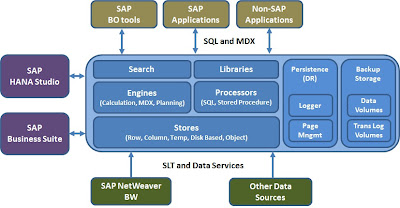The month of November turned out to be a small detour from Information Management activities and very much in the weeds of IT governance as I lead the definition of an ITIL (Information Technology Infrastructure Library) initiative for my current client. Insane to think that anyone can do justice to, and actually implement ITIL in 30 days, right? My last run-in with ITIL at Cisco was as large of an initiative as they come.
Well, truth be told the current organization, much smaller in size, was already on board with ITIL as the preferred way to manage IT processes and practices. Furthermore, the initiative excluded the CMDB / technology implementation component. So in effect, we tackled IT governance under the ITIL framework and dug into documenting policies, processes, people (roles & responsibilities), and physical assets under management....on a shoestring. With a top down approach, tackling breadth first and depth as applicable, bi-weekly brainstorming and artifact review sessions, and management support of the initiative, we were able to create the executive overview, framework, documents, process charts, policies, RACIs, and publish the ITIL governance solution for corporate consumption…yes, within 30 days!
More emphasis (depth) was placed on Service Support (Incident Management & Service Desk, Problem Management, Change Management, Release & Deployment Management, Asset & Configuration Management) as well as Security Management, while Service Delivery (Service Level Management, Availability Management, Capacity Management, IT Financial Management, and IT Service Continuity Management) was framed so that internal resources can continue decomposition of processes, policies and responsibilities, without the need for help from outside consultants. To be fair, there is always more work that can be done, but implementing a structure, in quick fashion, that allows a client to continue execution independently is invaluable and very cost effective.
Now, ITIL might initially seem quite far from Architecture and Information Management; the heavy governance MDM initiatives however, overlap many of the same areas of interest that must be tackled (policy, procedures, roles, ownership, management support, executive sponsorship, metrics and reporting, knowledge management, etc...). Time well spend which should translate to cost savings due to reduction of issues and rework, as well as improved efficiency of operations; and all the "-ility" benefits of Service Delivery that come with ITIL.
It seems like December might include some time off to hit the slopes or visit Chicago with the family, so next entry will most likely be next year and who knows on what….the exciting life of consulting!






